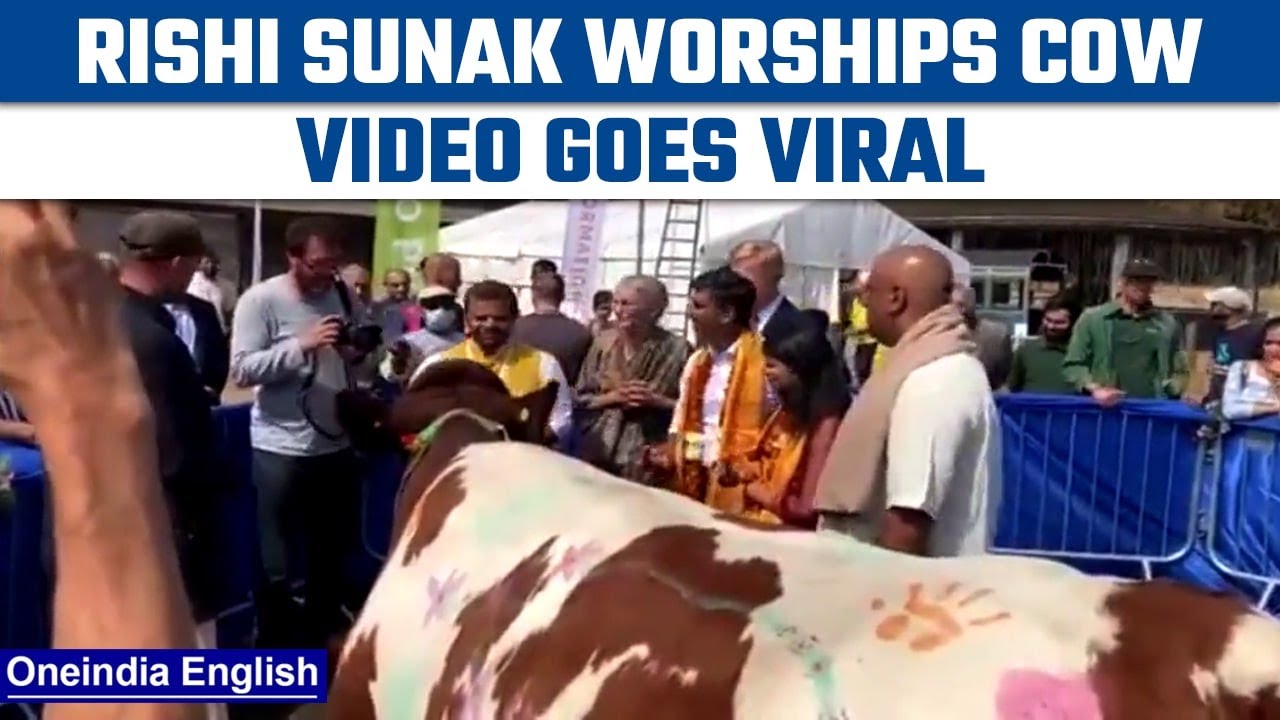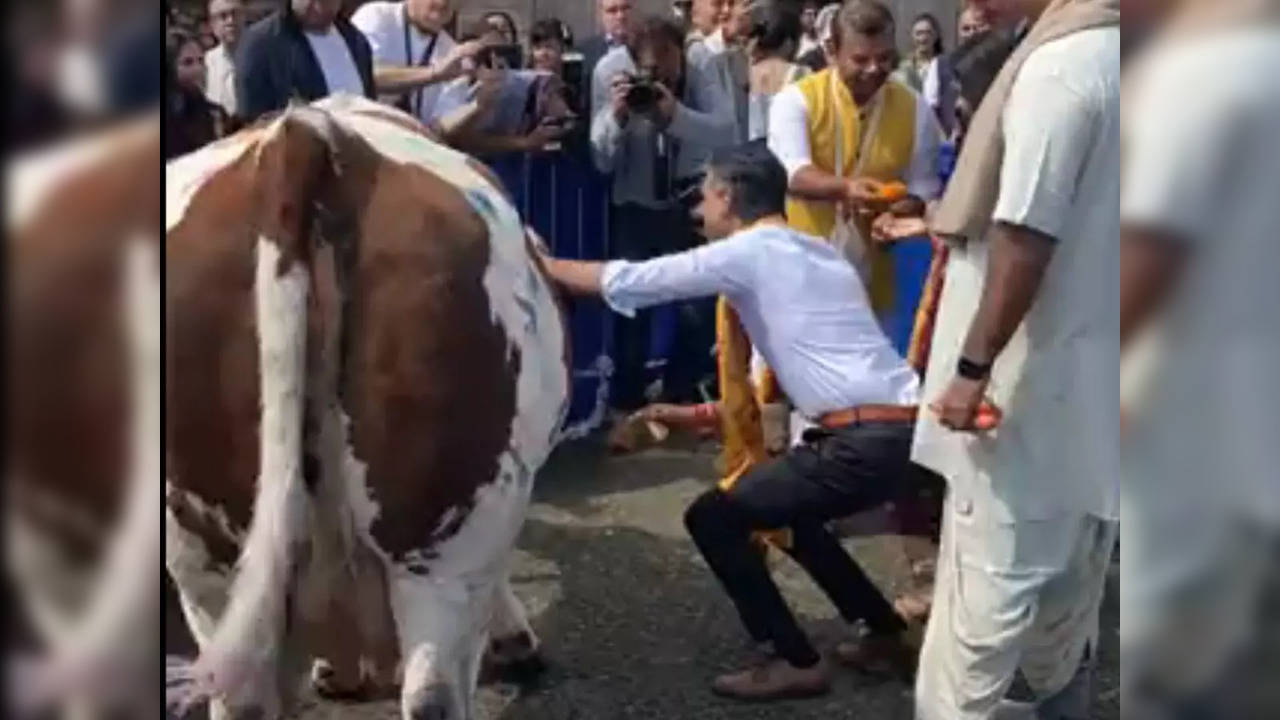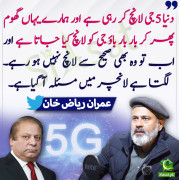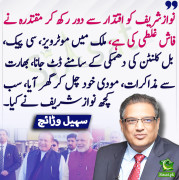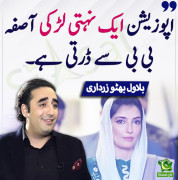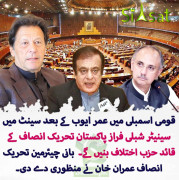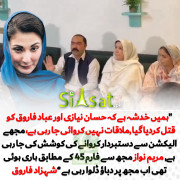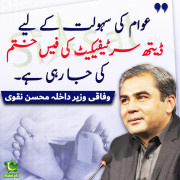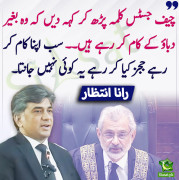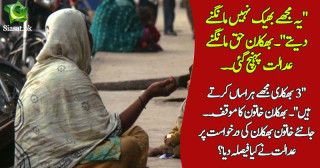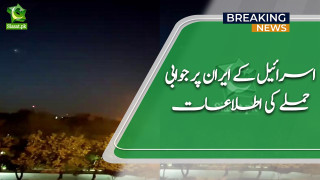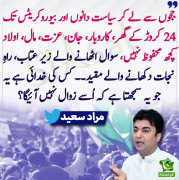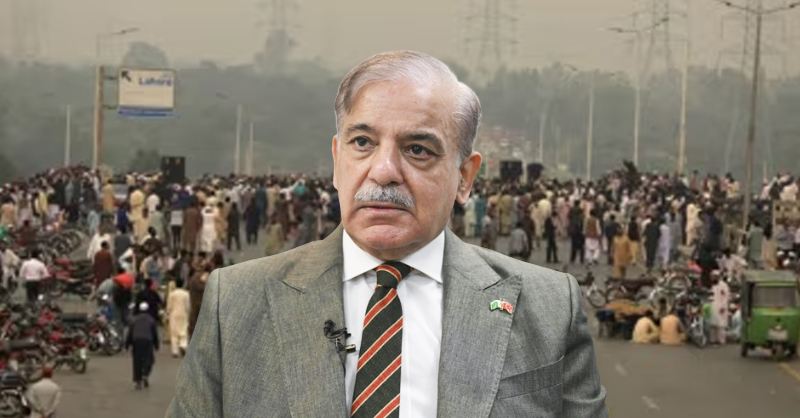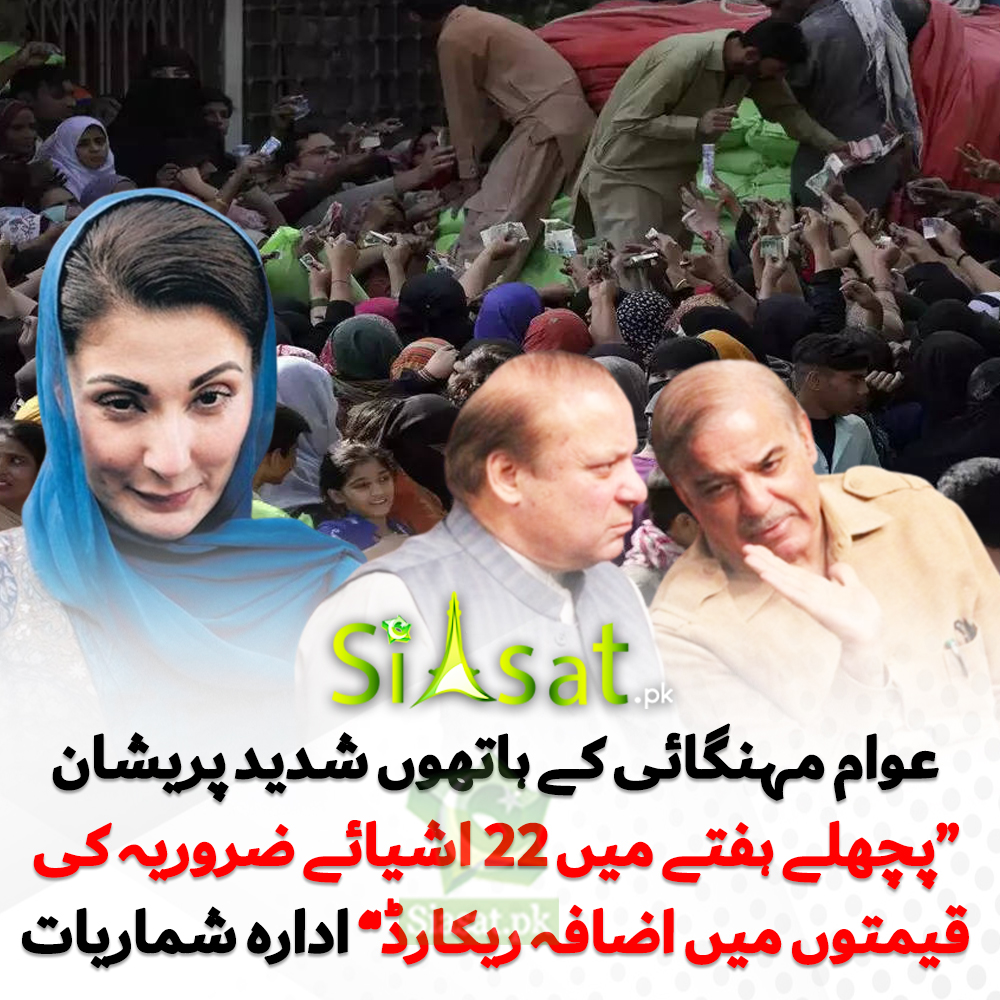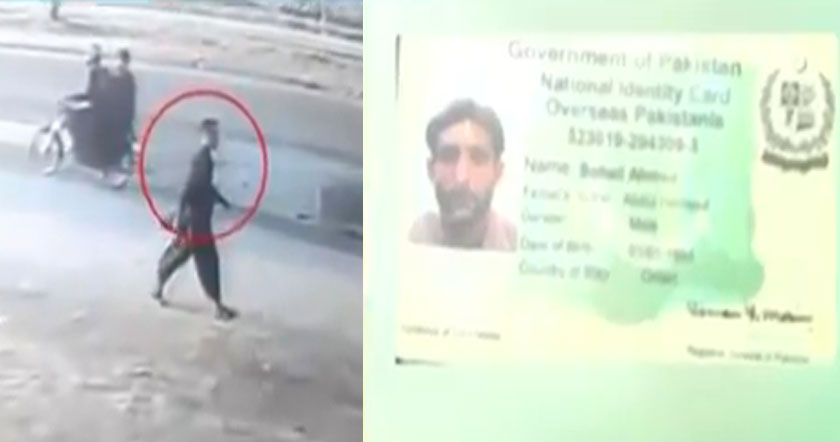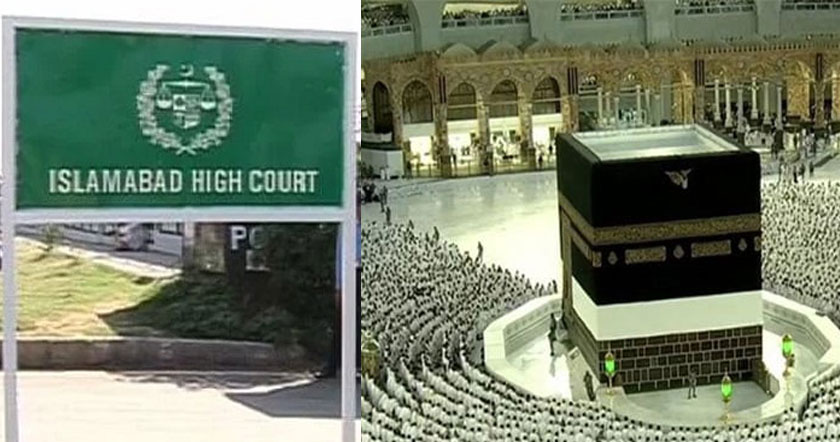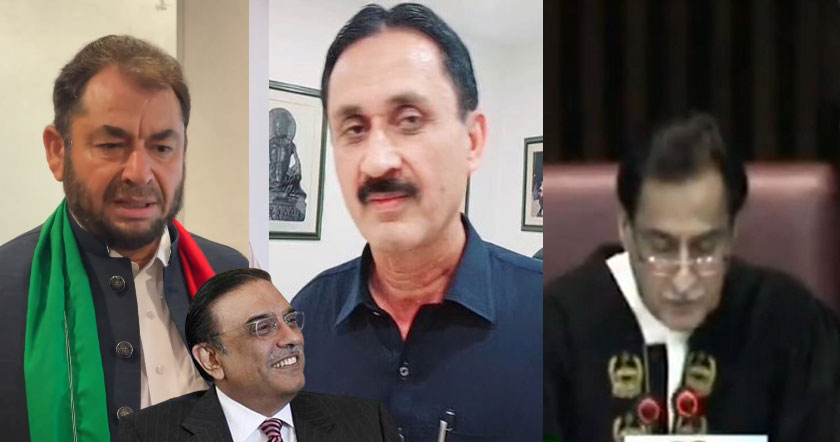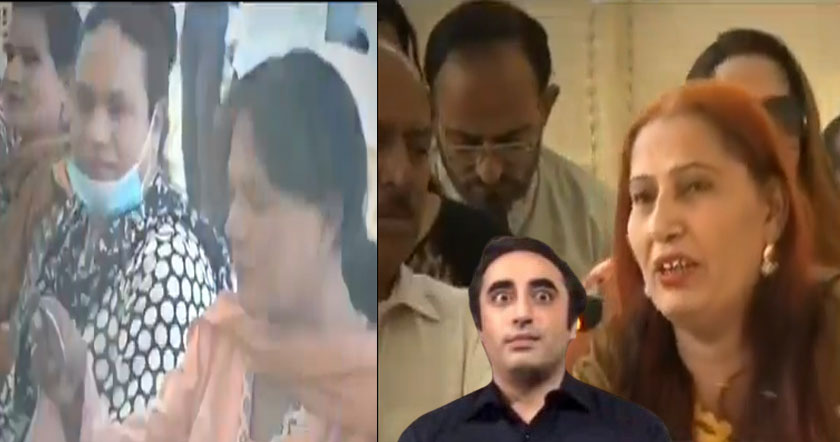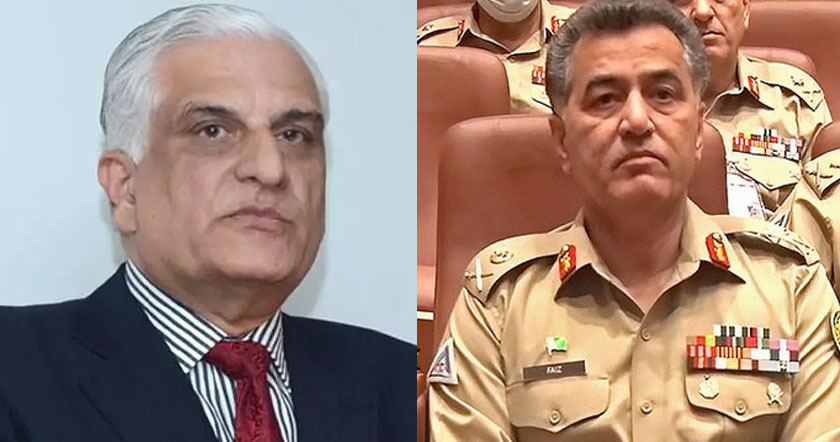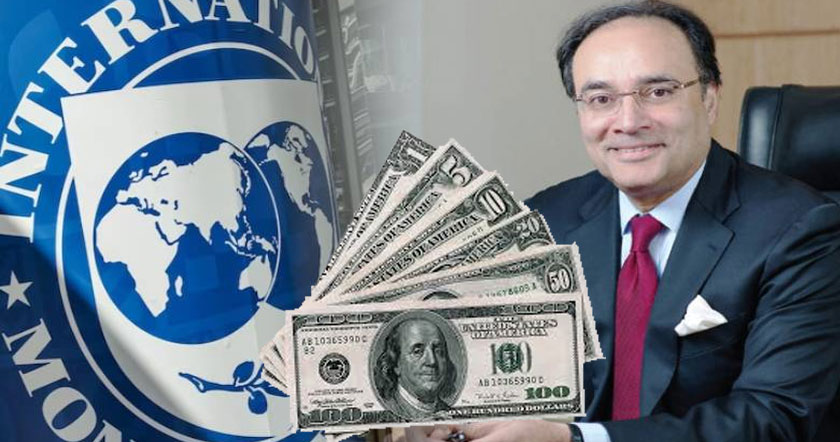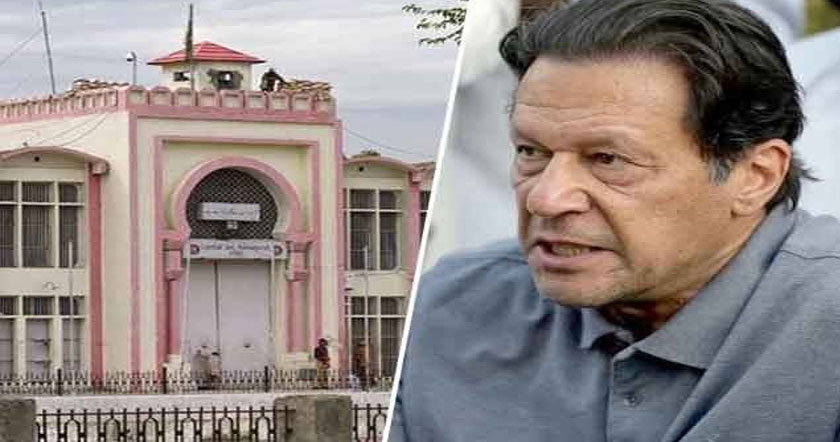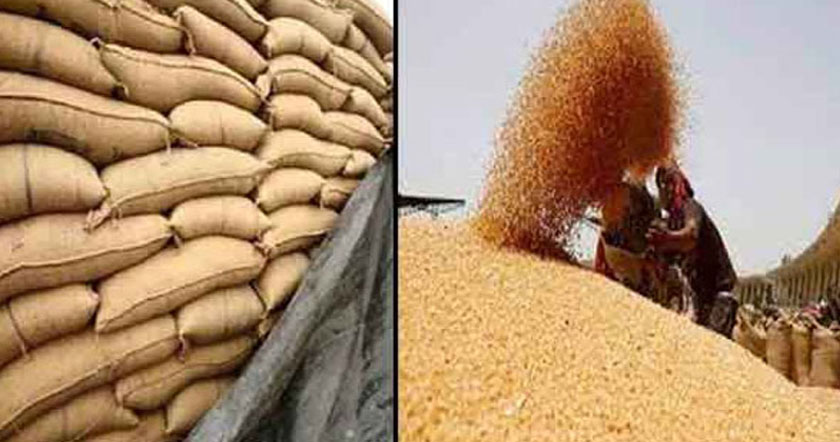Situationer: Fuelled by disinformation, hate rears its head in Leicester
AN AIR of anger, fear and despondency hangs heavy in Leicester, where tensions between Muslims and Hindus — who have lived peacefully side by side for decades — are at an all-time high. Police officers patrol the streets and the city’s elderly tell young family members to be careful when they step out lest they are attacked. The situation is so volatile that the Leicestershire Police was forced to call in forces from other parts of the country — some of which were due to help out at the Queen’s funeral in London and Windsor.
How exactly did this ethnically diverse city of 360,000, once celebrated as the “community of communities”, arrive at this hateful juncture? How did aggression and disharmony become synonymous with a city where everyone — Christian, Muslim, Hindu, Sikh — is a minority?
According to most reports, the story began on August 28, during the Asia Cup cricket match where India defeated Pakistan.
“India had won and naturally, those supporting the team were seeking to celebrate the win,” said UK-based academic Wasiq Wasiq. “There was no significant police presence during these celebrations. Some of those celebrating were drunk which resulted in anti-social behaviour.”
While authorities and community leaders make impassioned pleas to stop the violence, locals are coming together to protect each other, irrespective of religion or creed
That night, revellers attacked a man, ripping off his shirt and throwing punches at him. They also assaulted a member of the police force. Over the next two weeks, scuffles between young Muslim and Hindu men were reported, prompting the police to patrol the streets of East Leicester. Just as things appeared to calm down, on Saturday, they erupted.
Nearly 200 people marched in the east of the city where tensions were simmering. On Twitter, some dubbed it the ‘Hindutva march’. Footage from that day shows a stream of men wearing dark, hooded jackets and face masks. One viral video on social media shows the groups walking past shops. Curse words can be heard in the background.
Then, chants of Vande Mataram. In another, slogans of ‘Death to Pakistan’ were raised. And finally, the unmistakable three words, ‘Jai Shri Ram’ — fundamentally a religious chant but in today’s India akin to a dog whistle to rally against Muslims. The police were no match for them, and failed to prevent the hateful, racist demonstration.
Hours later, members of the Muslim community retaliated. A crowd assembled outside a Hindu temple, removed the flag from the spire and burnt it.
More retaliatory protests emerged. In one video, bottles are being thrown about as members of the police force attempt to contain the crowd.
Police have made 47 arrests. One man, Amos Noronha, has been jailed after pleading guilty to possession of an offensive weapon.
“[The match] sparked the initial unrest which then snowballed out of control. Had a strong police presence been there from the beginning to manage such unrest, we could potentially not be where we are now,” Wasiq added.
Many from the community, however, are clear on one thing: what is happening has nothing to do with cricket.
Majid Freeman, a Leciester-based community activist, said anti-Muslim sentiment has been raising its head in isolated incidents since May this year. He alleges that a 19-year-old Muslim boy was attacked on May 22 by “thugs with poles” and that the police “did nothing”.
“The ‘death to Pakistan’ chants raised alarm bells amongst the community – not just among Pakistanis, but non-Pakistanis and non-Muslims too,” added Freeman, who said the majority is peaceful.
“It’s just a handful of people creating trouble. They are getting bolder and braver back home [India] due to the flourishing of the RSS ideology. It’s giving them courage to be open here.”
A community in fear
Rukhsana Hussain, a community leader from local organisation Outspoken described feeling “disappointed, angry, frustrated and fearful”.
“Hearing the chanting, a good few streets away from where this was all happening… this is where my kids were born and grew up. Many people don’t feel safe walking down their own streets.”
Hussain said she has “never seen anything like this in Leicester”.
“I’ve lived here since the 90s. There have been isolated incidents of crime, yes, but this inciting of hate in communities? Never.”
“This has absolutely nothing to do with cricket,” she added. “Cricket was used as an excuse and opportunity for far-right extremists to share their views and project hate. This was happening before the match, the underlying issues have been there for months, it’s just getting worse.”
Aina J Khan, a reporter for The Guardian who visited the site of the mayhem, described her interaction with some members of the Hindu community in the days following the hate march. The men she spoke with identified themselves as supporters of Rashtriya Swayamsevak Sangh (RSS). The conversation ended in a one-sided shouting match, with the men aggressively shutting her down.
She tweeted, “I was accused of being a member of the Taliban, an extremist, playing the victim card. I was accused of not scrutinising Pakistan’s treatment of its minorities and fixating on India’s treatment of its minorities, of ignoring how Muslims are raping everyone. If I were a white journalist, and not visibly Muslim, suffice to say I would not have faced this level of scrutiny.”
The response to her tweets have been vicious.
The secretary general of the Muslim Council of Britain, Zara Mohammed tweeted, “What we have seen in the streets of Leicester is a result of hatred and far-right ideologues left unchallenged, more must now be done to tackle the spread of #Hindutva extremism, our communities need to continue to stand together against such division.”
Fake news thrives
As the anger simmered in Leicester, fake news flourished. Social media was abuzz with users fanning the flames, sharing unverified images and videos with racist taglines.
Mayor of Leicester, Peter Soulsby, said the unrest was fuelled by “social media disinformation”.
“I’ve seen quite a selection of the social media stuff which is very, very, very distorting now and some of it just completely lying about what had been happening between different communities,” Soulsby said during the BBC’s Radio 4 Today programme.
A police spokesperson said one incident was shared on social media stating that a Muslim was being attacked by Hindus. “This was wrong – the victim was in fact Sikh and supported the same team as the people who assaulted him,” the spokesperson said.
Sunder Katwala, the director of think-tank British Future, told Dawn, “Social media is certainly playing an important part in the efforts to create two parallel grievance narratives. This includes the selective sharing of real incidents, as well as myths and misinformation.”
“There needs to be a stronger effort from local civic and political leaders, from the media to report accurately what is going on, and to question the claims of some of the angriest and loudest voices to be representing communities. There is now an essential shared responsibility to defend both the reputation and the reality of Leicester as a place of good relations. There are efforts to make it a place on to which to project international narratives about communal tensions. Those across faiths in Leicester need to defend the vision the city has long developed: it is a city with no majority group where most people want to get on with those of all faiths and none.”
He, too, said these tensions precede the cricket match. “But I would like to propose the next India v Pakistan cricket match in October sees Leicester County Cricket Club host families from across the communities to show that there are different national heritages and faiths but a commitment to sharing the city that is a shared home.”
A battle of narratives
Throughout the unrest, the reporting of the incidents by the police has carefully avoided identifying the rioters.
Even mainstream British media has reported the events as “clashes”, prompting media analyst Faisal Hanif to question whether “Muslims [are] ever allowed to be victims in UK media”.
In a piece for the Middle East Eye, Hanif wrote, “When video evidence emerged late last month showing Indian fans shouting “death to Pakistan” after a cricket match between the two rivals in the Asia Cup, the rather important detail of who was shouting what was absent from both local media and a BBC report.”
He added, “Like the reporting from Leicester, the use of factual but incomplete descriptions leaves open the question of who the perpetrators and victims are.”
The Indian High Commission in the UK was quick to release a statement condemning “the violence perpetrated against the Indian community in Leicester” and said the matter had been taken up with UK authorities.
The Pakistan High Commission, too, released its statement shortly afterwards, calling out “the systematic campaign of violence and intimidation that has been unleashed against the Muslims of the area”.
Claudia Webbe, MP for Leicester East, however, didn’t shy away from outlining what was really going on. In a letter to the city’s chief constable, Webbe wrote that constituents have said “…although the violence was seemingly motivated by nationalist sentiments, they believe it was a consequence of underlying Islamophobia”. In a second later, she mentioned incidents of hate reported against both the Hindu and Muslim community, and also called for calm amidst fake social media posts which she said were deigned to provoke.
Glimmer of hope
Though there is anger on both sides, there is also hope for peace.
On Tuesday, Leicester’s Muslim and Hindu leaders issued a joint message to “inciters of hatred”. “’We together call upon the inciters of hatred to leave our city alone,” they said.
Freeman was seen escorting a Hindu woman to safety as she feared walking close to a Muslim protest on Melton Road.
“She was headed in the direction where Muslims were protesting. I said don’t worry, I will take you back home. Her son thanked me. At the end of the day, we are not here to cause problems with our neighbours. Our problem is with those trying to provoke the community.”
Published in Dawn, September 21st, 2022
سننے میں عجیب لگتا ہے کہ برطانیہ کے شہر لیسٹر میں ہندو مسلم ٹنشنز کی وجہ سے پچیس پولیس افسر اور ایک پولیس ڈاگ زخمی ہوئے ہیں، پولیس مارچز کر رہی ہے۔۔ سوشل میڈیا، ڈِساِنفارمیشن، فیک ویڈیوز۔۔ اِس سب کا مطلب یہ ہے کہ بات اصل میں شروع کہاں سے ہوئی اِس کا اندازہ اب بھی لگا پانا آسان نہیں۔ لیکن وہاں آخر ہو کیا رہا ہے؟ میزبان: عالیہ نازکی رپورٹر: گگن سبھروال ایڈیٹر: جاوید سومرو پروڈکشن ٹیم: غضنفر حیدر، خدیجہ عارف، نصرت جہاں
AN AIR of anger, fear and despondency hangs heavy in Leicester, where tensions between Muslims and Hindus — who have lived peacefully side by side for decades — are at an all-time high. Police officers patrol the streets and the city’s elderly tell young family members to be careful when they step out lest they are attacked. The situation is so volatile that the Leicestershire Police was forced to call in forces from other parts of the country — some of which were due to help out at the Queen’s funeral in London and Windsor.
How exactly did this ethnically diverse city of 360,000, once celebrated as the “community of communities”, arrive at this hateful juncture? How did aggression and disharmony become synonymous with a city where everyone — Christian, Muslim, Hindu, Sikh — is a minority?
According to most reports, the story began on August 28, during the Asia Cup cricket match where India defeated Pakistan.
“India had won and naturally, those supporting the team were seeking to celebrate the win,” said UK-based academic Wasiq Wasiq. “There was no significant police presence during these celebrations. Some of those celebrating were drunk which resulted in anti-social behaviour.”
While authorities and community leaders make impassioned pleas to stop the violence, locals are coming together to protect each other, irrespective of religion or creed
That night, revellers attacked a man, ripping off his shirt and throwing punches at him. They also assaulted a member of the police force. Over the next two weeks, scuffles between young Muslim and Hindu men were reported, prompting the police to patrol the streets of East Leicester. Just as things appeared to calm down, on Saturday, they erupted.
Nearly 200 people marched in the east of the city where tensions were simmering. On Twitter, some dubbed it the ‘Hindutva march’. Footage from that day shows a stream of men wearing dark, hooded jackets and face masks. One viral video on social media shows the groups walking past shops. Curse words can be heard in the background.
Then, chants of Vande Mataram. In another, slogans of ‘Death to Pakistan’ were raised. And finally, the unmistakable three words, ‘Jai Shri Ram’ — fundamentally a religious chant but in today’s India akin to a dog whistle to rally against Muslims. The police were no match for them, and failed to prevent the hateful, racist demonstration.
Hours later, members of the Muslim community retaliated. A crowd assembled outside a Hindu temple, removed the flag from the spire and burnt it.
More retaliatory protests emerged. In one video, bottles are being thrown about as members of the police force attempt to contain the crowd.
Police have made 47 arrests. One man, Amos Noronha, has been jailed after pleading guilty to possession of an offensive weapon.
“[The match] sparked the initial unrest which then snowballed out of control. Had a strong police presence been there from the beginning to manage such unrest, we could potentially not be where we are now,” Wasiq added.
Many from the community, however, are clear on one thing: what is happening has nothing to do with cricket.
Majid Freeman, a Leciester-based community activist, said anti-Muslim sentiment has been raising its head in isolated incidents since May this year. He alleges that a 19-year-old Muslim boy was attacked on May 22 by “thugs with poles” and that the police “did nothing”.
“The ‘death to Pakistan’ chants raised alarm bells amongst the community – not just among Pakistanis, but non-Pakistanis and non-Muslims too,” added Freeman, who said the majority is peaceful.
“It’s just a handful of people creating trouble. They are getting bolder and braver back home [India] due to the flourishing of the RSS ideology. It’s giving them courage to be open here.”
A community in fear
Rukhsana Hussain, a community leader from local organisation Outspoken described feeling “disappointed, angry, frustrated and fearful”.
“Hearing the chanting, a good few streets away from where this was all happening… this is where my kids were born and grew up. Many people don’t feel safe walking down their own streets.”
Hussain said she has “never seen anything like this in Leicester”.
“I’ve lived here since the 90s. There have been isolated incidents of crime, yes, but this inciting of hate in communities? Never.”
“This has absolutely nothing to do with cricket,” she added. “Cricket was used as an excuse and opportunity for far-right extremists to share their views and project hate. This was happening before the match, the underlying issues have been there for months, it’s just getting worse.”
Aina J Khan, a reporter for The Guardian who visited the site of the mayhem, described her interaction with some members of the Hindu community in the days following the hate march. The men she spoke with identified themselves as supporters of Rashtriya Swayamsevak Sangh (RSS). The conversation ended in a one-sided shouting match, with the men aggressively shutting her down.
She tweeted, “I was accused of being a member of the Taliban, an extremist, playing the victim card. I was accused of not scrutinising Pakistan’s treatment of its minorities and fixating on India’s treatment of its minorities, of ignoring how Muslims are raping everyone. If I were a white journalist, and not visibly Muslim, suffice to say I would not have faced this level of scrutiny.”
The response to her tweets have been vicious.
The secretary general of the Muslim Council of Britain, Zara Mohammed tweeted, “What we have seen in the streets of Leicester is a result of hatred and far-right ideologues left unchallenged, more must now be done to tackle the spread of #Hindutva extremism, our communities need to continue to stand together against such division.”
Fake news thrives
As the anger simmered in Leicester, fake news flourished. Social media was abuzz with users fanning the flames, sharing unverified images and videos with racist taglines.
Mayor of Leicester, Peter Soulsby, said the unrest was fuelled by “social media disinformation”.
“I’ve seen quite a selection of the social media stuff which is very, very, very distorting now and some of it just completely lying about what had been happening between different communities,” Soulsby said during the BBC’s Radio 4 Today programme.
A police spokesperson said one incident was shared on social media stating that a Muslim was being attacked by Hindus. “This was wrong – the victim was in fact Sikh and supported the same team as the people who assaulted him,” the spokesperson said.
Sunder Katwala, the director of think-tank British Future, told Dawn, “Social media is certainly playing an important part in the efforts to create two parallel grievance narratives. This includes the selective sharing of real incidents, as well as myths and misinformation.”
“There needs to be a stronger effort from local civic and political leaders, from the media to report accurately what is going on, and to question the claims of some of the angriest and loudest voices to be representing communities. There is now an essential shared responsibility to defend both the reputation and the reality of Leicester as a place of good relations. There are efforts to make it a place on to which to project international narratives about communal tensions. Those across faiths in Leicester need to defend the vision the city has long developed: it is a city with no majority group where most people want to get on with those of all faiths and none.”
He, too, said these tensions precede the cricket match. “But I would like to propose the next India v Pakistan cricket match in October sees Leicester County Cricket Club host families from across the communities to show that there are different national heritages and faiths but a commitment to sharing the city that is a shared home.”
A battle of narratives
Throughout the unrest, the reporting of the incidents by the police has carefully avoided identifying the rioters.
Even mainstream British media has reported the events as “clashes”, prompting media analyst Faisal Hanif to question whether “Muslims [are] ever allowed to be victims in UK media”.
In a piece for the Middle East Eye, Hanif wrote, “When video evidence emerged late last month showing Indian fans shouting “death to Pakistan” after a cricket match between the two rivals in the Asia Cup, the rather important detail of who was shouting what was absent from both local media and a BBC report.”
He added, “Like the reporting from Leicester, the use of factual but incomplete descriptions leaves open the question of who the perpetrators and victims are.”
The Indian High Commission in the UK was quick to release a statement condemning “the violence perpetrated against the Indian community in Leicester” and said the matter had been taken up with UK authorities.
The Pakistan High Commission, too, released its statement shortly afterwards, calling out “the systematic campaign of violence and intimidation that has been unleashed against the Muslims of the area”.
Claudia Webbe, MP for Leicester East, however, didn’t shy away from outlining what was really going on. In a letter to the city’s chief constable, Webbe wrote that constituents have said “…although the violence was seemingly motivated by nationalist sentiments, they believe it was a consequence of underlying Islamophobia”. In a second later, she mentioned incidents of hate reported against both the Hindu and Muslim community, and also called for calm amidst fake social media posts which she said were deigned to provoke.
Glimmer of hope
Though there is anger on both sides, there is also hope for peace.
On Tuesday, Leicester’s Muslim and Hindu leaders issued a joint message to “inciters of hatred”. “’We together call upon the inciters of hatred to leave our city alone,” they said.
Freeman was seen escorting a Hindu woman to safety as she feared walking close to a Muslim protest on Melton Road.
“She was headed in the direction where Muslims were protesting. I said don’t worry, I will take you back home. Her son thanked me. At the end of the day, we are not here to cause problems with our neighbours. Our problem is with those trying to provoke the community.”
Published in Dawn, September 21st, 2022
سننے میں عجیب لگتا ہے کہ برطانیہ کے شہر لیسٹر میں ہندو مسلم ٹنشنز کی وجہ سے پچیس پولیس افسر اور ایک پولیس ڈاگ زخمی ہوئے ہیں، پولیس مارچز کر رہی ہے۔۔ سوشل میڈیا، ڈِساِنفارمیشن، فیک ویڈیوز۔۔ اِس سب کا مطلب یہ ہے کہ بات اصل میں شروع کہاں سے ہوئی اِس کا اندازہ اب بھی لگا پانا آسان نہیں۔ لیکن وہاں آخر ہو کیا رہا ہے؟ میزبان: عالیہ نازکی رپورٹر: گگن سبھروال ایڈیٹر: جاوید سومرو پروڈکشن ٹیم: غضنفر حیدر، خدیجہ عارف، نصرت جہاں


